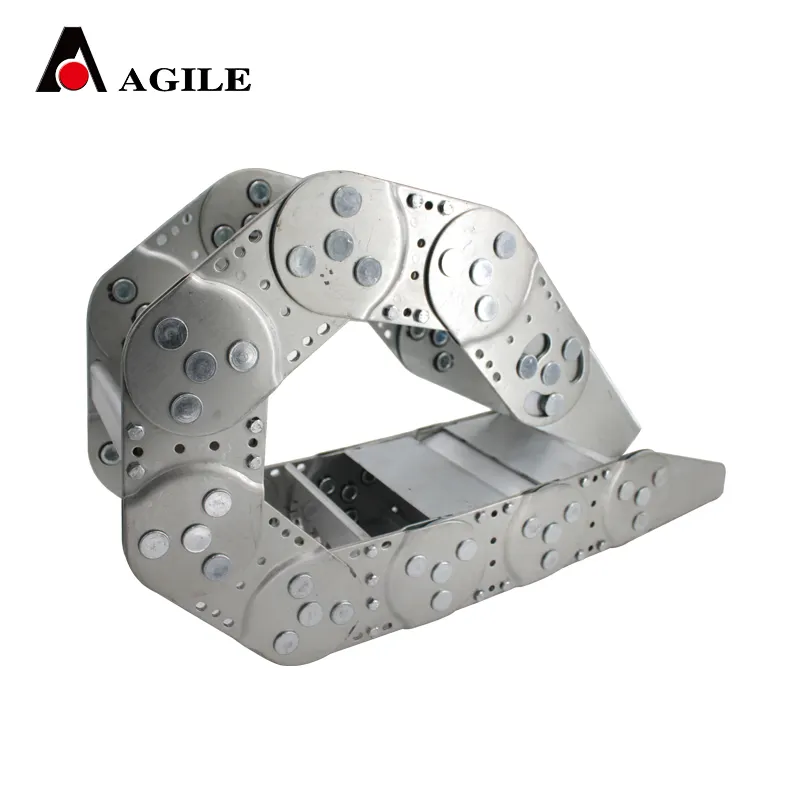cable chain track
Understanding Cable Chain Tracks Applications, Advantages, and Design
Introduction
Cable chain tracks, also known as cable carriers or drag chains, play a vital role in various industrial applications. These systems are designed to securely guide and protect cables, hoses, and other flexible connections in dynamic environments where movement, bending, and torsion are common. This article delves into the significance of cable chain tracks, their design features, advantages, and typical applications across different industries.
What are Cable Chain Tracks?
Cable chain tracks are flexible, modular systems composed of linked segments that form a continuous pathway for electrical cables, hydraulic hoses, or pneumatic tubes. They are engineered to provide flexible support while minimizing wear and tear due to movement. The structure of a cable chain is usually made from durable materials such as plastic, steel, or aluminum, allowing for a balance between strength and weight.
Design Features
Cable chain tracks come in a variety of designs tailored for specific applications. They can be open or closed, with some designs featuring additional components like strain relief and support brackets. Key design features include
1. Flexibility The ability to bend around corners and navigate complex pathways without kinking or damaging the cables within. 2. Modularity Many systems allow for easy length adjustments by adding or removing sections. 3. Material Selection Depending on the environment, manufacturers can customize materials for heat resistance, chemical resistance, or increased durability.
4. Versatility Tracks can accommodate multiple cables of different sizes, thus reducing clutter and enhancing organization.
Advantages of Cable Chain Tracks
The use of cable chain tracks offers several benefits that make them essential for various applications
1. Protection They shield cables and hoses from wear and tear, environments with moving machinery, or hazards, thereby extending the lifespan of the components.
cable chain track

3. Movement Efficiency They facilitate smooth, predictable movement of cables, enhancing the operational efficiency of machines and equipment.
4. Safety Properly organized cables reduce tripping hazards and minimize the risks of electrical or hydraulic failures due to wear.
Applications Across Different Industries
Cable chain tracks find extensive use in multiple sectors, reflecting their versatility
1. Manufacturing In automated manufacturing systems, cable chains are used to manage the cables of robots and machinery, which frequently move along fixed paths.
2. Material Handling In conveyor systems, these tracks can guide various hoses and cables while minimizing stress on connection points.
3. Aerospace and Aviation They are essential for ensuring that the cables in aircraft can withstand the bending and movement typical during flight operations.
4. Marine Applications Marine equipment often utilizes cable chain tracks due to their resistance to seawater and ability to withstand harsh conditions.
5. Construction In cranes and heavy machinery, they help organize power lines and hydraulic hoses, enhancing safety and reliability.
Conclusion
Cable chain tracks are fundamental components in ensuring the durability and reliability of various moving systems. Their design flexibility, combined with their ability to protect and organize cables and hoses, makes them a preferred choice in manufacturing, aerospace, marine, and many more industries. As technology continues to evolve, the demand for innovative cable management solutions will likely grow, leading to further advancements in cable chain track design and functionality.








